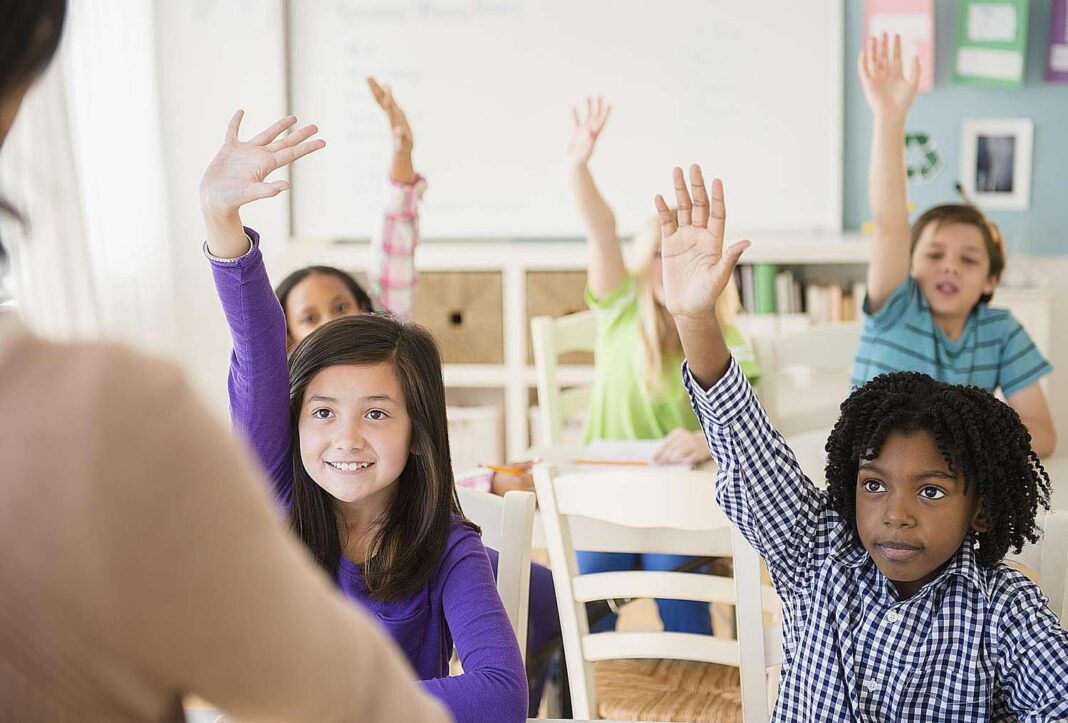Introduction
The classroom has changed a lot over the past few decades. With technology, student populations are more diverse and lessons are more engaging than ever before. However, one thing that hasn’t changed is the importance of teaching students how to learn effectively.
Today’s teachers need to know how to implement different learning models in their classrooms so they can adapt to meet their students’ needs—and, in doing so, maximise student achievement. Here are seven innovative teaching methods for changing up your classroom environment in order to help your students become better learners:
The Flipped Classroom
The flipped classroom is a model that allows students to watch videos at home, and then complete assignments in class. This method applies the Socratic Method of teaching by asking questions and having students respond with answers.
Flipping is an ideal model for one-on-one learning, as well as large-group instruction. It can also be used on a small scale, such as having each student take notes individually on their own laptops during lectures before working together in groups to create projects based on key concepts from those lectures at the end of class time.
Project Based Learning
Project-based learning is a great way to help students develop skills in areas such as collaboration, communication, problem solving and critical thinking. Students work on a project that they have chosen and you guide them through the process. This means that students will learn more effectively because they are engaged in an activity that interests them and is meaningful to them.
These types of projects can be completed individually or in small groups depending on the focus of your lesson plan or unit.
Gamification
Gamification is a buzzword you’ve probably heard tossed around in the education community. It’s a process of adding game mechanics to non-game contexts, like school or work. Gamification can be used to improve learning outcomes, motivate students, and make boring subjects more interesting. But gamification isn’t just about badges!
Learning through play is an age-old concept: kids naturally love games because they’re fun! Games are so engaging that they’re even being used for cognitive therapy as well as behavioural treatment for children with autism spectrum disorder (ASD).
Bring Your Own Device (BYOD)
Bring Your Own Device (BYOD) is a learning model where students bring their own devices (computers, phones, tablets) to school. BYOD has become a popular trend in recent years, especially as mobile devices become more common and affordable. BYOD can be used in the classroom to enhance learning by giving students access to online resources and communicating with teachers.
Problem Based Learning
In this model, students work in groups to solve a problem. Teachers act as coaches and facilitators. The teachers provide the students with information, but it is up to them to figure out how to use it. The goal is for students to learn how they can apply what they have learned in different settings.
Inquiry Based Learning
Inquiry-based learning, also known as student-centred learning, is an approach to education that encourages students to ask questions, solve problems, and find solutions to real-life issues. Online learning is becoming more popular these days and thus promotes this. Tutors can answer students’ questions and assist them fast with their academic inquiries. This type of classroom model requires teachers to use a variety of instructional strategies in order to engage students in the process of learning through inquiry.
One way in which you can implement a teaching method that is similar to inquiry-based learning is by incorporating problem-based instruction into your lesson plans for your class. In this approach, students work collaboratively on solving a practical problem or issue rather than simply being given information from the teacher.
Self-Directed Learning
Self-directed learning is an approach to learning that gives students responsibility for their own education. In this model, learners are given the opportunity to choose what they study, how they study and when they study.
Students learn through self-discovery and exploration rather than being taught by a teacher or TAs. Students take ownership of their learning by choosing projects that interest them and researching these topics in depth. They have the freedom to decide which resources will be most helpful for them as well as when they work on their project.
Conclusion
We hope that this article has given you some food for thought, and helped you to consider what methods of teaching are available for your students. Remember, it’s important not to get too caught up in the details of any one model—instead, focus on what each one can offer your class as a whole.
Get to know about the most effective teaching models best suited for the modern 21st century classrooms by going for teacher training certifications. These certifications will help you stay updated with the latest happenings in the teaching world so that you can bring the most engaging experience for your students. Learn about such amazing upskilling courses at Suraasa or get in touch with a Suraasa mentor to enjoy personalised career guidance.


















